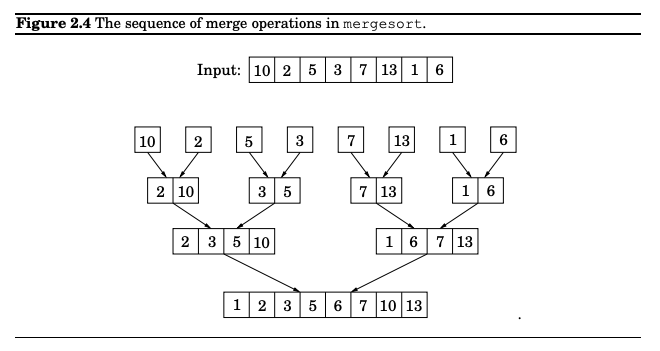- Here, I hack the internals of Software Engineering/Architecture, Cloud/DevOps, Microprocessors, and Artificial Intelligence. I remove the magic from technologies by showing how they work from the inside, reflecting my appreciation of how these technologies have evolved from an idea in a few minds to become part of our everyday lives. You can learn more about me here.
- Please support by following me on GitHub and X/Twitter. You can also share with your friends on social media. Gracias.
Rust - Hello World
The basic Rust program that can ever exist
Two Pointers & Prefix Sum
Two pointers and Prefix sum are two algorithm solving techniques. In this post, I dissect their differences from their similarities.
Rust Installation
Install Rust and Cargo package manager on a system
Raft Protocol: Part 1
What is Raft, what are the alternatives, and why even build Raft? How are we going to build it?
VIM 101: Installation
This episode of the VIM series explores the different ways of setting up Vim on different environments.
Managing Machine Configuration with Stow
Getting Unix machine configuration synchronized across multiple devices and a faster way to switch devices while maintaining the same experience.

Merge-Sort like a Binary-Search
As a divide and conquer algorithm, in this article, we look deeply into merge sort, simplifying its core concepts with a binary search algorithm.

Time in Computer Systems
Learn how time tracking is implemented from the hardware.
Go - constant variables and const keyword
Brief Programming languages have the notion of constants which means “variables that can not be mutated once declared and initialized”. Go also has almost the same meaning, but in a different context. To initialize a variable as a constant with a value of 10, we can do something like this: 1 const DISCOUNT = 10 In Go, constants mean “storing a literal to a variable”, this can be seen as a version of pattern matching in Erlang. ...
Running Go programs with a specific version
This post shares how you can run an old version of Go while still having your machine’s default Go - which is newer.